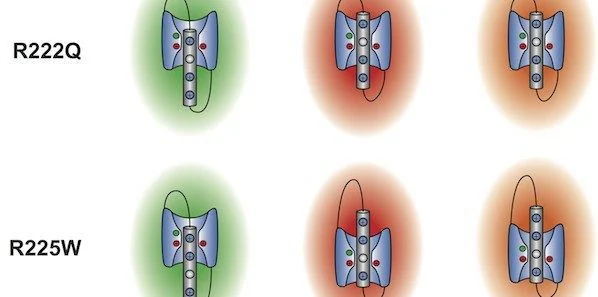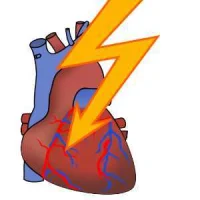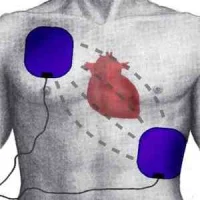Canadian researchers have found that leaky transmembrane channels may disrupt normal heart function. According to a new study published in The Journal of General Physiology, voltage-gated sodium (Nav) channels mediate a reaction potential in muscle cells that leads to contraction. The findings suggest that ion leaks in mutant sodium channels could contribute to unusual cardiac arrhythmias.
Nav1.5 is the primary Nav channel expressed in the muscle cells of the heart. Nav1.5 mutations that disrupt function are associated with a set of well-defined cardiac arrhythmias. Two Nav1.5 mutations, R222Q and R225W, are linked to an unusual group of arrhythmias associated with dilated cardiomyopathy. In that condition, the heart becomes enlarged making it difficult to efficiently pump blood.
Interestingly, the R222Q and R225W mutations have opposite effects on channel function. One is expected to promote premature firing of the action potential, while the other is expected to interfere with the initiation of action potential. It is unclear how they are linked to similar cardiac conditions.
In their research, Mohamed Chahine and colleagues in Quebec City explored the properties of the mutant channels to look for a unifying mechanism with voltage-gated channels. Voltage-gated channels contain four segments referred to as voltage sensor domains (VSDs). These are typically non-conductive and distinct from the regions that make the channel pore. The R222Q and R225W mutations can both be found on one of the VSDs.
When the negative internal charge of the cell becomes positive and the cell becomes depolarised during initiation of the cardiac action potential, both mutations caused the VSD to assume a conformation which generated an abnormal pathway. This configuration allowed ions which were positively charged to pass through the region which was normally non-conductive.
Furthermore, the domains appeared to become immobilised upon depolarisations which were similar in length to the cardiac action potential, rather than returning to a resting position. This allowed the charged sodium ions to continue seeping into the cell. Chahine and colleagues believe that this overload of sodium ions within the cell could be responsible for the disrupted cardiac function and resulting arrhythmia.
Because the leakage of ions is the only factor common to both Nav1.5 mutations, the findings suggest that it could be an important mechanism which links them (and possibly other Nav1.5 mutations in the VSD) to the atypical set of arrhythmias associated with dilated cardiomyopathy.
The research was supported by the Canadian Institutes of Health Research, the Heart and Stroke Foundation of Quebec and the National Science Foundation.
Source: Rockefeller University Press
Image Credit: The Journal of General Physiology










